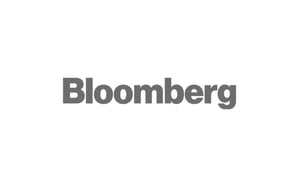U.S. oil rallies amid decline in output, stockpiles
Production is set to decline because recent increases in drilling and fracking aren’t enough to offset declines from legacy wells.
 On Wednesday, the Energy Department said U.S. commercial crude oil inventories declined by 3.1 million barrels from the previous week. At 500.1 million barrels, inventories are about 10 percent above the five-year average for this time of year. Total motor gasoline inventories increased by 1 million barrels last week and are about 4 percent above the five-year average for this time of year.
On Wednesday, the Energy Department said U.S. commercial crude oil inventories declined by 3.1 million barrels from the previous week. At 500.1 million barrels, inventories are about 10 percent above the five-year average for this time of year. Total motor gasoline inventories increased by 1 million barrels last week and are about 4 percent above the five-year average for this time of year.
The U.S. also lowered its crude oil output forecast for this year to 11.34 million barrels a day from last month’s estimate of 11.39 million barrels a day. That figure implies a nearly 1 million barrel decline in output compared with 2019. The Energy Information Administration expects output to drop to 11.1 million barrels a day in 2021.
Meanwhile, the premium for Brent, the global crude benchmark, over West Texas Intermediate futures widened to more than $3, about double the spread two months ago, boosting the appeal of U.S. crudes for buyers. There’s been a pick up in U.S. crude purchased from Asia, including China’s independent “teapot” refiners.
Production is set to decline because recent increases in drilling and fracking aren’t enough to offset declines from legacy wells, according to Elisabeth Murphy, ESAI Energy upstream analyst for North America.
“That might mean more downward revisions in U.S. oil production in the short term,” Murphy said. “That should help to support U.S. crude grade prices.”
U.S. output has fallen by more than 2 million barrels a day after reaching a high of 13.1 million in March as the result of the worst oil industry downturn in recent history, after several shale producers went bankrupt and the ones that survived cut spending.
With purchases from Asia increasing, WTI on the Gulf Coast and Permian Basin physical markets reached $1.80 and $1.15 a barrel above New York futures this month, respectively, their strongest since May.
Offshore U.S. crudes are also benefiting. Mars, a medium-sour regional benchmark, reached $1.20 a barrel over New York futures, the biggest premium since September. Light Louisiana Sweet crude hit a $2 premium last week, the widest since August.